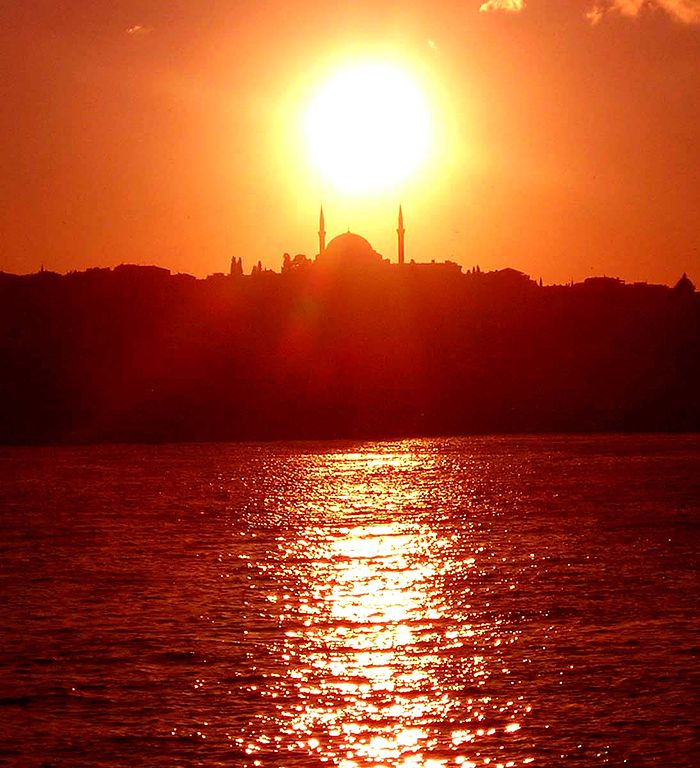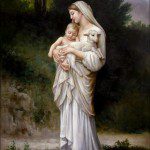
Still discussing the Ottoman Empire:
The Ottomans had yet another military asset that served them well. That was the so-called Janissary Corps. (The name is from the Turkish yeni cheri, meaning “new troops.”) These were soldiers very much on the old mamluk model, but instead of being conscripted from central Asia, the janissaries were taken from the Christian villages of Anatolia and the Balkans. They converted to Islam and, like the mamluks, were personally loyal to the person of the sultan himself, who was their owner. As in the case of the mamluks, their children were not allowed to become janissaries, being considered too soft. Interestingly, although no doubt some of the Christian villagers were horrified when they saw the sultan’s recruiters approaching, the evidence suggests that many pushed their able-bodied young sons forward, hoping that they would be chosen, knowing that this was a path to advancement that would never be duplicated in the farmyard routine of the home village. The janissaries enjoyed exalted status in the empire. They earned enormous rewards and were the elite Ottoman military corps, rather like today’s Rangers, Seals, or Green Berets. They were one of the major reasons for the success of the Ottoman expansion.
The high point of the empire’s history is probably to be identified with Suleiman I—whose reign, from 1520 to 1566, overlapped that of England’s Henry VIII and the first part of the reign of Queen Elizabeth I. He is appropriately known as Suleiman the Magnificent. Suleiman conquered Hungary, northern Africa, and the Red Sea coast all the way down to Yemen. This left him in possession of the holy cities of Mecca and Medina, giving him immense prestige throughout the Islamic world as the protector of the most sacred shrines of his faith.
Prestige, of course, does not pay the bills or put food on the table. The economy of the Ottoman Empire was largely agrarian. Most Ottoman subjects were farmers. While most Westerners picture the Near East as one large desert, it is actually not. (Many parts of it are high and semiarid, but not desert. They are much like Utah, in fact, which also enjoys an undeserved reputation as nothing but desert.) The fertile areas of Egypt, Syria, and the region around the Black Sea produced large quantities of grain. Trade was also important, of course, and the Ottoman Empire fully exploited its location linking Asia and Europe. (Perhaps bicontinental Istanbul is not such a bad symbol, after all.) Chinese porcelains and European woolens, Persian silks, and spices from Asia were to be found in the covered bazaars of the empire, traveling back and forth across it. But the Ottomans were not only consumers and traders of other people’s crafts and arts, they were makers of their own. They were especially well known for their monumental architecture (which, unfortunately, could neither be transported nor traded), as well as for their carpet weaving (Ottoman rugs) and their beautiful tiles.












